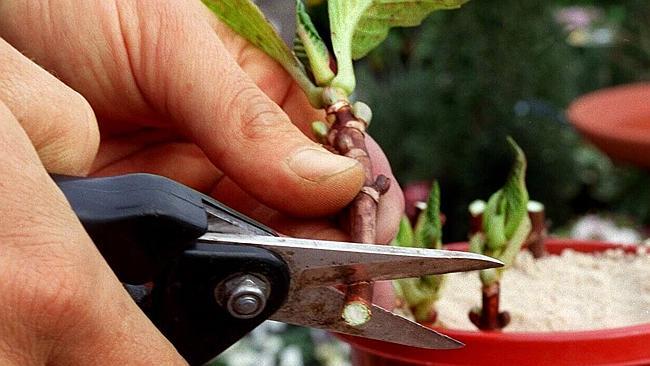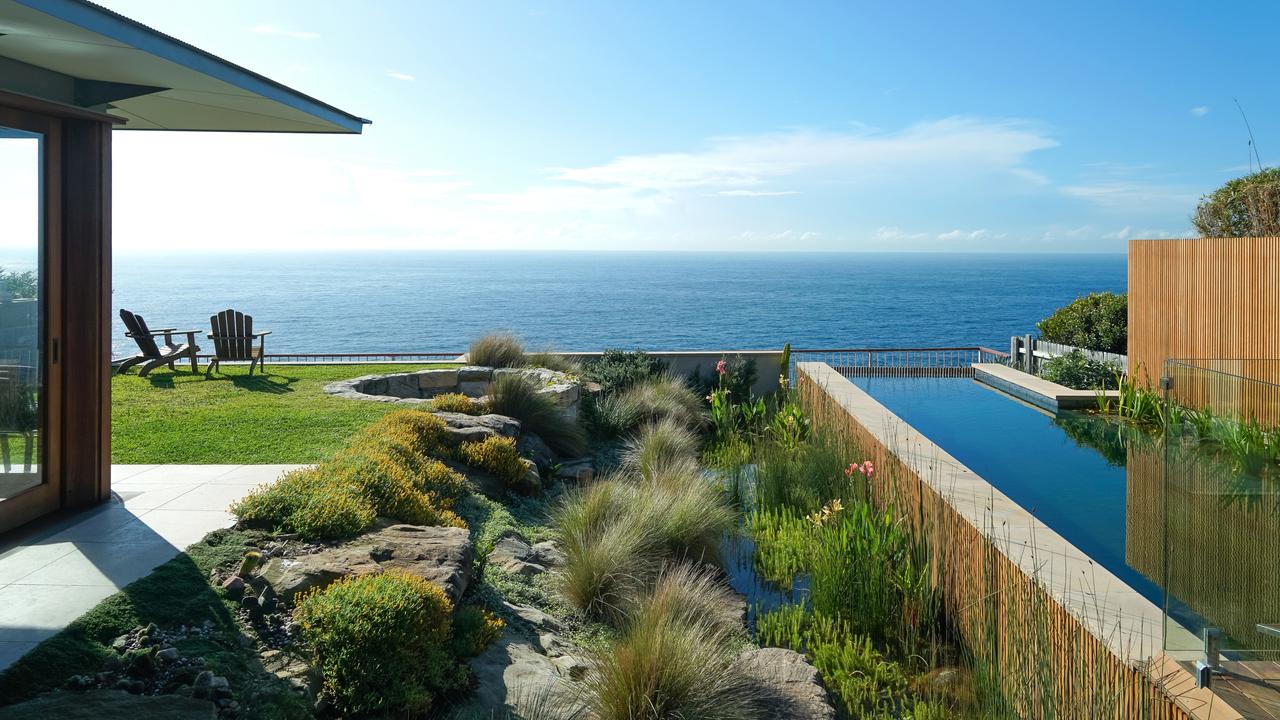Hardwood cuttings: tips on cheap and easy way to grow new plants
Growing plants from cuttings is cheap and rewarding. Here are some tips.

Growing new plants from cuttings is not as popular as it used to be. It’s not for instant gratification or for show, but it sure is cheap and, like the slow-food philosophy, ultimately rewarding.
And in midwinter it’s ridiculously easy. This is the time of year when you can shove a few bits of woody stem into a pot and then do very little while they turn into plants. It’s called striking hardwood cuttings, to put it into gardeners’ vernacular, and anyone can do it.
Sometimes it is sentiment that motivates: those beloved hydrangeas at nana’s house that are latched on to your summer memories can add joy to your garden long after her house is sold. And sometimes it’s baser appetites: your neighbour’s particularly delicious, but unnamed, grape cannot be bought but you can grow a clone. The champion fig tree in the old orchard, perhaps a lost heirloom variety, is yours for the taking of a cutting. Or maybe you lust after that unusual coloured frangipani you walk past on the way to the beach.
If you need lots of plants to fill your garden, but have no budget to buy them, growing them from cuttings is virtually free. Let me be clear: do not ever stoop so low as to steal cuttings. Most gardeners are happy to share when asked. Or, for many of these plants, winter pruning produces masses of branches ideal for cuttings, so you’re using a waste product anyway. Hydrangeas, roses, grapes, crimson glory vine and wisteria all need a good winter prune, yielding plenty of cutting material.
When you grow plants from cuttings, the new plants are clones of the parent, with identical flowers, fruit or colour. There are lots of ways to take cuttings, using different parts of the plant at different times of year, such as soft tip cuttings in spring. Hardwood cuttings are the easiest of all because the harder the stems, and without leaves, the less likelihood of water stress and less need to control humidity and temperature. Hardwood cuttings are also less susceptible to rotting.
On the downside, they take much longer to form roots so, typically, cuttings taken in winter won’t show shoots until spring and can be ready to pot up or plant out the following summer.
To take hardwood cuttings, look for stems that are brown or dark in colour, or wood that doesn’t bend easily. Try to include at least three nodes, which are the points where leaves emerge.
For some trees, very large cuttings make almost instant trees, such as frangipani, from which cut branches up to 2m tall will still form roots. These and other plants with milky sap such as figs should be left to dry out in a shady spot for a few weeks before potting.
Avoid planting your cuttings upside down by making a straight cut across the tops and a slanting cut at the bottom, just above a node, which also helps when inserting them. Use a proprietary propagating mix or a blend of potting mix with equal parts washed river sand.
You can dip the ends in rooting gel to help roots form, or use honey, which is antifungal, but most cuttings are fine on their own.
To save space, put several small cuttings into each pot. To increase your chances of success, put in many more cuttings than you need; you can always give away any spares. Water them in, adding some seaweed solution if you have it handy.
Keep them just moist over winter, increasing watering once they start shooting in spring. You’ll be so proud of them, and yourself.



